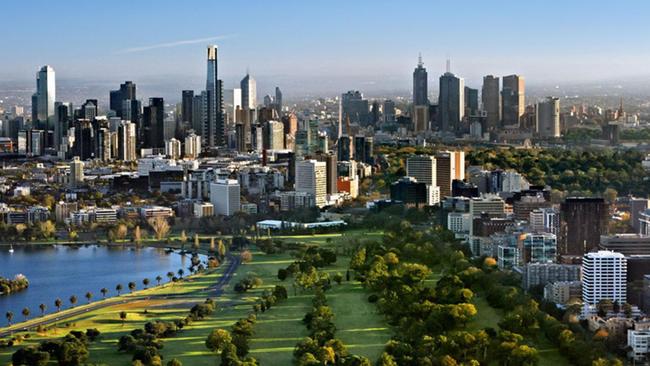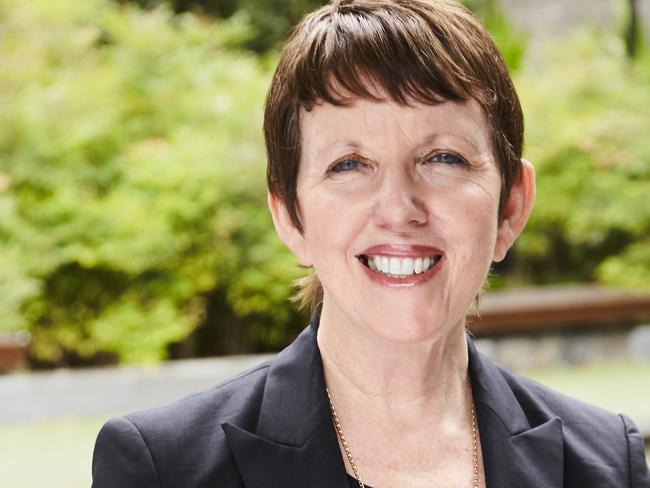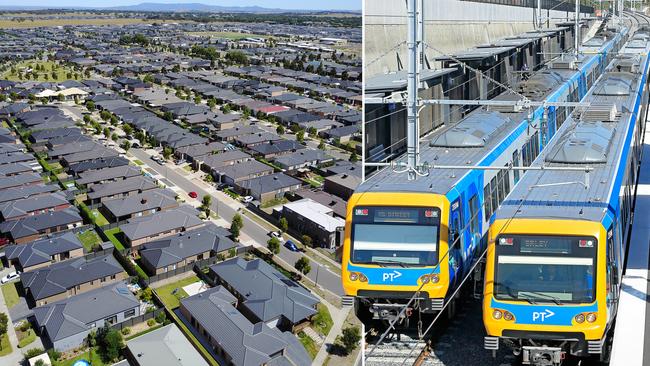Big homes in outer suburbs affect Melbourne’s liveability: report
LIVING in a huge three-bedroom house with a large backyard and movie room in outer Melbourne gives you a better quality of life than residing in a high-density property in Fitzroy, right? Wrong, according to this study.
VIC News
Don't miss out on the headlines from VIC News. Followed categories will be added to My News.
MELBURNIANS’ love of bigger homes in the outer suburbs is contributing to bringing down the city’s liveability, a new report has found.
The lack of services and public transport networks on the urban edges affected people’s lifestyles, according to a study by RMIT University’s Centre for Urban Research.
MELBOURNE LIVEABILITY: HOW YOUR SUBURB RATES
MELBOURNE LOSES ITS LIVEABILITY CROWN
DON’T BLAME BIKES FOR CBD’S CLOGGED FOOTPATHS
As Melbourne’s population passed 5 million, report author Distinguished Professor Billie Giles-Corti said higher density homes were the key to bringing services and transport to the neighbourhoods and ease traffic congestion.
“We are building at low density … but if you don’t have enough density you don’t have enough people to support good shops and services nearby. And that’s why density is such a critical issue,’’ she said.
Prof Giles-Corti stressed the change had to be “higher density, not high density’’ to create walkable neighbourhoods.
“We don’t need to go to Hong Kong-style on the fringe. But a Fitzroy-style of density.’’
Melbourne’s average housing density of 14 dwellings per hectare is below the 25 required to create walkable neighbourhoods, she said.


Residents in inner-Melbourne enjoyed a better lifestyle than those in the outer suburbs, she said.
“What the development industry sells to people is low-density housing on the fringe. It’s sold as having a yard, three bedrooms, movie theatre, everything is internal.
“You have to have your own little city in your house.
“Whereas if you live in the inner city, you can walk to the local cinema or the local pool.’’
The pressure could also be lifted if employment hubs were distributed across the city rather than on the CBD, Prof Giles-Corti said, so more people could cycle or walk to work.
The report, Creating Liveable Cities in Australia, also found that Melbourne had fewer commuters on public transport, with just 16 per cent catching the bus, tram or train compared to 26 per cent in Sydney.
Melbourne has lost its crown as the world’s most liveable city to Vienna after seven years as No. 1.

But Prof Giles-Corti questioned the The Economist Intelligence Unit which she said was based on how much bonuses companies should pay executives because they are going to a hardship post.
“There’s not a city in Australia that is a hardship post.’’
Prof Giles-Corti said the state government’s recent announcement of plans for a suburban rail loop was an opportunity for Melbourne to create hubs outside the CBD.
“The new rail project is a real game-changer in a way,’’ she said.
“Building bike paths within 5km of all train stations in Melbourne could help commuters incorporate active travel into their daily routine,” she said.
“And there’s no reason that we can’t afford that.’’
The report also found that 39 per cent of lower-income households are experiencing housing affordability stress.
And just under half of all homes are close to a big public open space of at least 1.5 hectares.



